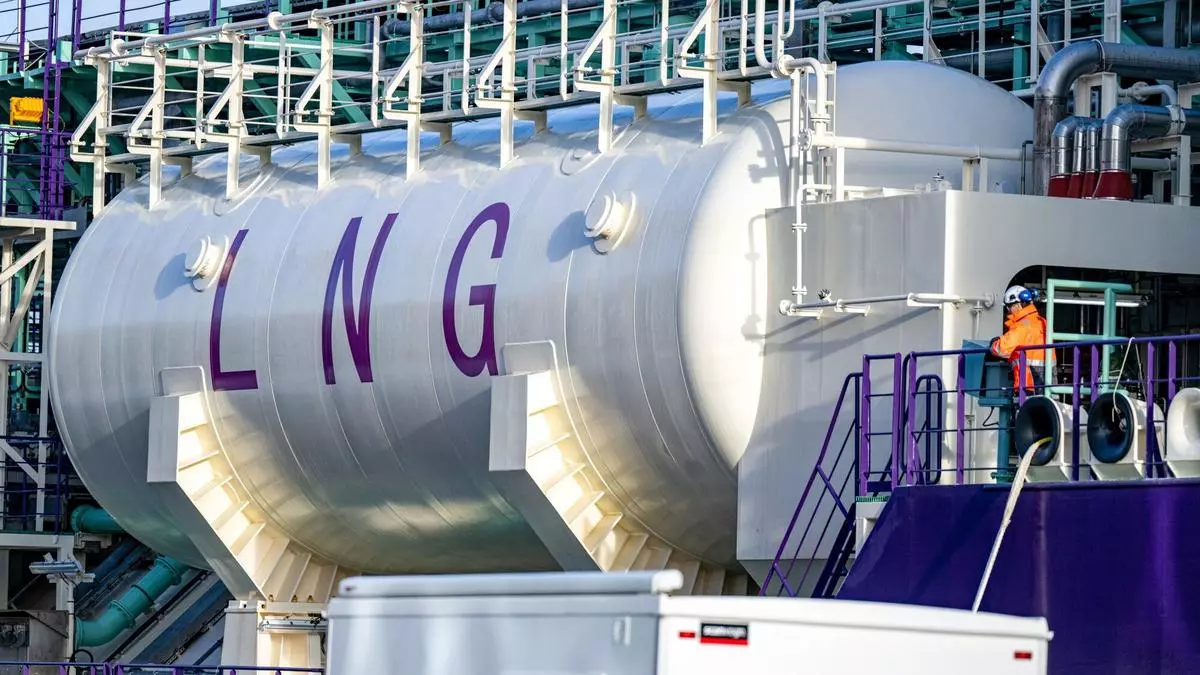Indian demand for liquefied natural gas (LNG) cargoes in the spot market is expected to see a slowdown over the next two years. This news may come as a disappointment to some, but in reality, it is a positive reflection of the country’s growing energy security.
India, one of the major players in the global energy market, has been steadily increasing its demand for LNG over the years. With a rapidly growing economy and a population of over 1.3 billion, the country has a high energy demand, and LNG has been a crucial source in meeting this demand. However, the recent developments in the energy market, both globally and domestically, have brought about a change in this trend.
The first and foremost reason for the expected slowdown in India’s LNG demand is the country’s shift towards renewable energy sources. The government’s ambitious renewable energy targets, along with the falling costs of solar and wind energy, have made these sources more attractive and cost-effective. As a result, India has seen a significant increase in its installed renewable energy capacity in recent years. This shift towards clean energy is not only beneficial for the environment but also translates into reduced demand for LNG.
Another factor contributing to the slowdown is the availability of domestic natural gas. The government has been taking steps to increase domestic production and reduce dependence on imported LNG. The recent discovery of large gas reserves off the east coast of India has added to this effort. As the domestic production increases, the demand for LNG in the spot market is expected to decrease.
Furthermore, the global energy market is also experiencing some changes. With an increase in production, the traditional LNG exporting countries such as Qatar, Australia, and the United States are looking to divert their supply to other markets. This shift in focus has led to a surplus of LNG in the market, resulting in a softening of prices. As a result, long-term contracts for LNG are becoming more attractive than spot purchases for many buyers, including India.
Although the expected slowdown may seem like a negative development, it brings with it several benefits for the Indian energy market. With a reduced reliance on imported LNG, the country’s energy mix will become more diversified and secure. This will not only help in meeting the growing energy demand but also reduce the country’s vulnerability to supply disruptions or price fluctuations in the global market.
Moreover, the slowdown in LNG demand will also open up opportunities for the development of domestic gas infrastructure. The government’s plans to set up gas pipelines and LNG terminals will get a boost with the reduced demand for spot LNG. This will not only help in increasing domestic gas usage but also create new employment opportunities in the energy sector.
The expected slowdown in LNG demand in the spot market is also an excellent opportunity for Indian companies to renegotiate their existing long-term contracts. With the softening of prices, companies can look to secure better terms and prices for their long-term LNG supply contracts, further strengthening their financial position.
In conclusion, the expected slowdown in Indian demand for LNG cargoes in the spot market is a positive development for the country’s energy sector. It reflects the country’s progress towards a more secure and sustainable energy future. With a shift towards renewable energy sources, increased domestic production, and favorable market conditions, India’s energy landscape is constantly evolving, and the slowdown in LNG demand is just another step in this journey.








